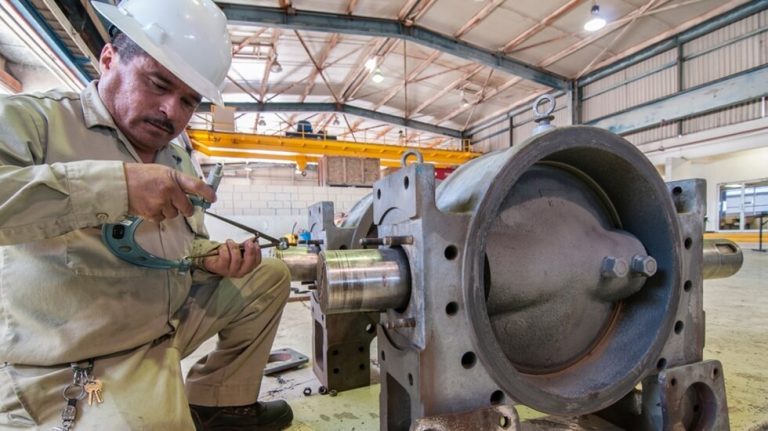Commercial shipping between the Mediterranean and Indian Ocean begins to see more normal patterns, as once-looming Houthi rebels suspend their unconventional, if not deadly, toll practices at Bab al-Mandab. The head of the Suez Canal Authority affirms that as many as 50 vessels adjusted their itineraries to pass through the waterway in February, rather than take the much longer route around Africa. The uptick affords baseline fiscal relief to Egypt, while offering ballast to an industry that is being thumped by geopolitics.
Egypt state finances will benefit from more vessels using the waterway. Assuming a rough estimate of $500K in passage fees for each major ship, the increase in canal activity delivered an additional $25 million or so for the Egyptian government over the past month. The amount is a mere drop in the bucket compared to more ordinary times, especially since the government may have lost as much as $7 billion in canal-related revenue last year. Still, as Cairo rebuilds its fiscal foundation, any good news is welcome. The momentum helps the government to continue to pull back from the brink, while deflecting international creditors.
Threats from Houthi rebels at the mouth of the Red Sea led to a dramatic run-off in canal traffic over the past year. The Yemen-based insurgents have been charging outsized tolls, er, permit fees for safe passage, forcing Western ships to pilot around the Cape of Good Hope. There were of course two other factors at play: crew safety and insurance premiums. By some estimates, the Suez Canal lost something like 60% of its traffic volume during the Gaza war because of Houthi solidarity with the Palestinian cause. The ceasefire agreement in mid-January brought a halt, at least for now, to this maritime hazard.
Shipping companies will begin to benefit from lower costs, although increases in most cases were simply imposed on their customers. The Economist notes that the cost of shipping a container from Shanghai to Rotterdam was as much as $8,200 in mid-year 2024. The current figure is more like $3,000, underscoring an enormous decline in logistical expense.
Clear passage on the Suez Canal may be ephemeral. Houthi rebels are a wildcard; a breakdown in the Israel-Hamas ceasefire agreement is a distinct possibility. The first phase of the truce is grinding to an end, amid a volatile prisoner-exchange backdrop. The second phase remains an open book with US Middle East envoy Witkoff more gingerly seeking to finalize terms than you might expect. The Israelis, for their part, threaten Gaza with an even greater scorched-earth intensity, if Hamas fails to abide by negotiated terms.
The reprieve takes place at a time when a shadow of uncertainty falls on other maritime choke points. Nine nations— including Australia, Canada, and the US—just participated in the largest-ever joint naval exercise in the Straits of Malacca. The ostensible, but flimsy, reason for the outsized display was to brace for emergencies related to illegal immigration and drug trafficking. The real reason was of course to show strength amid ongoing Chinese naval activity in the region. Meanwhile, the Panama Canal suffers from operational challenges with a water-shortage crisis that restricts the volume of ships using the waterway at any given time. The elaborate system of locks requires some 50 million gallons of water for each transit. Even greater uncertainty is created by that imperialist banter from Washington. ■
Our Vantage Point: Maritime choke points are staging areas in a high-stakes game of geopolitics. The risk is ongoing disruptions to the shipping industry, with attendant direct and indirect costs creeping into the mix.
Learn more at Reuters
© 2025 Cranganore Inc. All rights reserved.
Unauthorized use and/or duplication of any material on this site without written permission is prohibited.
Image Credit: Nina at Adobe Stock.



